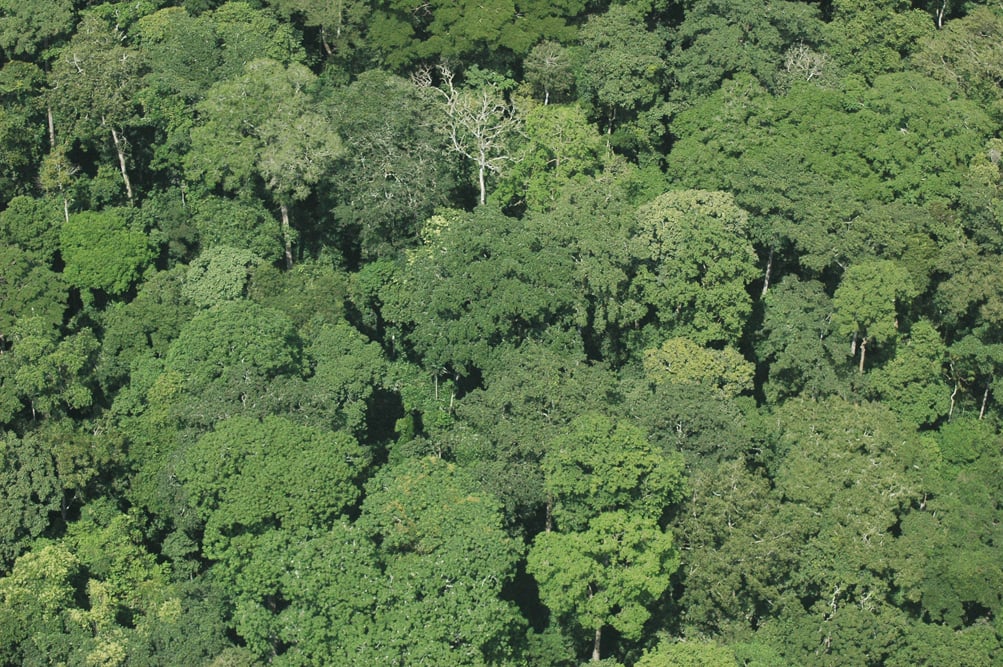More than USD 300 billion are needed per year to restore the world’s degraded land in order to achieve a new Sustainable Development Goal (SDG) target by 2030, according to a new publication by the Food and Agriculture Organization (FAO) and the Global Mechanism of the United Nations Convention to Combat Desertification (GM).
Launched today in Paris at the ongoing UN Climate Change Conference, this publication outlines key messages on financing for forest and landscape restoration for governments, development banks, international agencies, environmental funds, NGOs and private companies. It also proposes innovative and non-traditional ideas such as crowdfunding and green bank cards.
“With both governments and development agencies facing increasing funding shortages, long-term financing solutions may rely on private-sector investors – businesses and individuals – whether in the framework of corporate social responsibility or as investors looking for a mix of social and financial returns,” said Ludwig Liagre of UNCCD.
Currently, the world’s degraded land amounts to 2 billion hectares, which is equal to an area the size of South America. Each year an additional 12 million hectares of land are degraded, while 7.6 million hectares of forest are converted to other uses or lost through natural causes.
The Congo Basin on its part, second in size only to the mighty Amazon, loses close to 1.5 million hectares of forest cover every year. This amounts to about one-third of the 4 million hectares of forest destruction Africa experiences each year – an area roughly twice the size of Belgium.
“The degradation of the world’s land and forests is a serious threat to the livelihoods and food security of millions of people who depend on them, and there is an urgent need to invest in forest and landscape restoration to bring a significant portion of that degraded land back to a productive state,” said Douglas McGuire, Coordinator of the Forest and Landscape Restoration Mechanism hosted by the Forestry Department of FAO.
Funding falls short of global commitments
Countries have already made ambitious commitments to forest and landscape restoration, including under Goal 15 of the recently adopted Sustainable Development Goals (SDGs), which sets a target (15.3) to achieve land degradation neutrality by 2030.
In addition, some countries had previously pledged to restore 150 million hectares by 2020 in the framework of the 2011 Bonn Challenge, and 350 million hectares by 2030 under the 2014 New York Declaration on Forests.
However, mobilization of funds is one of the chief constraints to achieving these global targets. The USD 300 billion a year needed for SDG target 15.3 aside, the Bonn Challenge is estimated to require USD 36 billion a year, and the New York Declaration USD 49 billion a year.
“One of the main barriers is insufficient awareness of financing opportunities and investors’ lack of understanding of forest and landscape restoration,” said Markus Repnik, Managing Director of the UNCCD.

